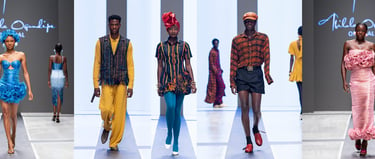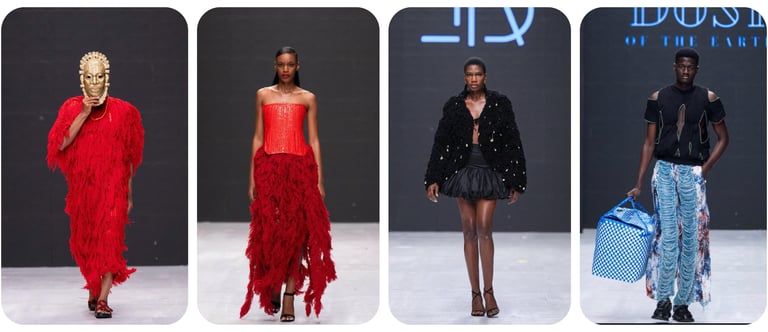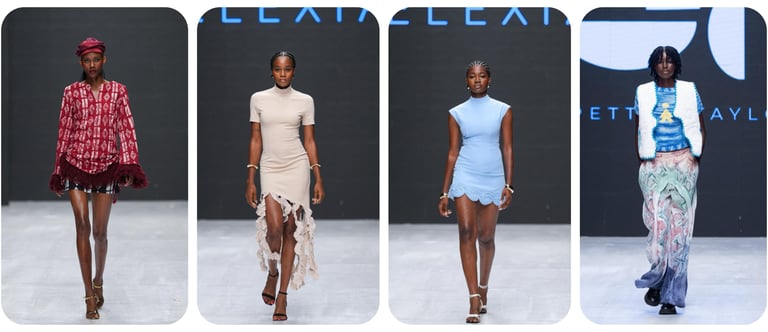Lagos Fashion Week 2025
The big picture after 15 Years
Temidayo Johnson for KINGANDJOHNSON
11/3/20254 min read


So, Lagos Fashion Week just wrapped up and as usual, there’s a lot to process. This year, I tried to be less focused on the trends or outfits, but to really observe; to see how brands are evolving, how fashion communication is changing, and how the larger creative ecosystem is shifting.
This year felt different in many ways and it wasn’t just about who had the loudest show or the most viral look. It was more about refinement, growth and development of design identities, and the confidence in building a design language. There are five things that stood out in my opinion.
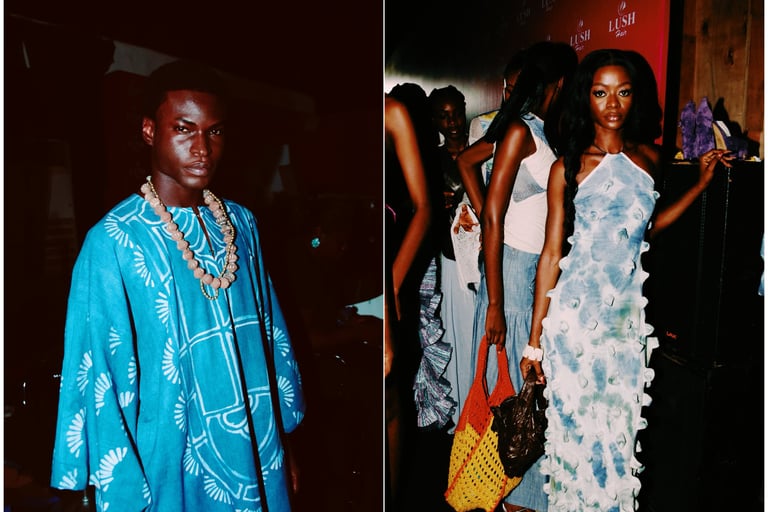

This year, most collections had stronger directions when compared to previous years. There was a noticeable continuity in form, color, styling, and design intention across the collections of many designers
Designers seem more confident editing themselves. There’s less of that “throw everything on the runway” energy and more storytelling through clothes. It was great to see collections that felt less like separate looks, and more like complete statements.
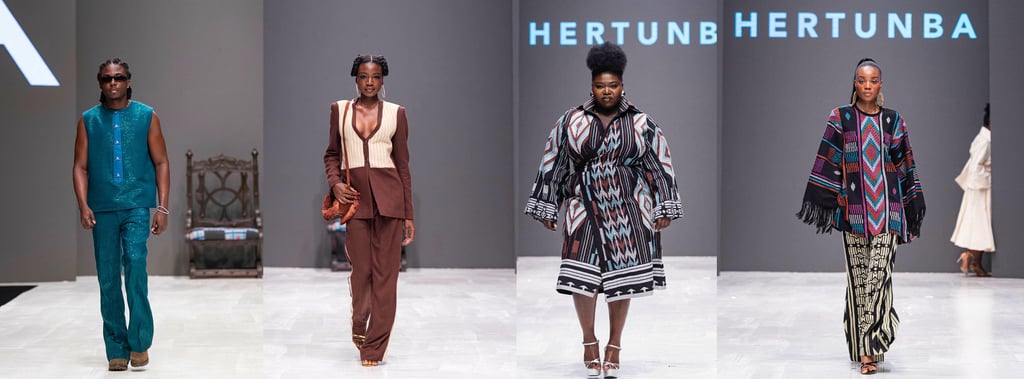


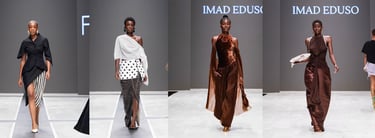
More Cohesion Across Collections
Stronger Design Identities
There’s now a recognizable language to certain brands. You can see a piece and immediately know who it’s from and that’s how you know a fashion ecosystem is growing: when designers start owning their visual and material language rather than trying to mimic someone else’s.
Many brands have moved from trying to define their identity to owning it. Labels like Emmy Kasbit, Ejiro Amos Tafiri, Hertunba, The Ladymaker, Fruché, FIA, and LFJ presented collections that felt evolved from their previous work yet still deeply consistent with their signature aesthetic. The growth is visible, but it doesn’t come at the cost of recognition; it’s the kind of maturity that strengthens the entire landscape.
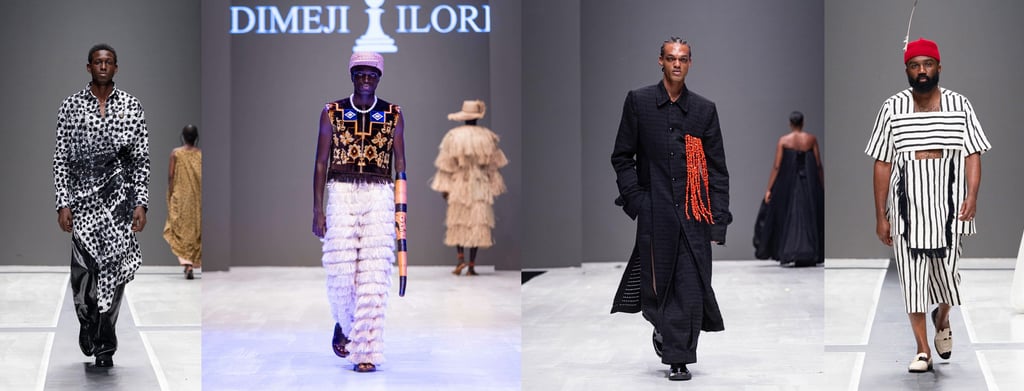

BORROWED VOICES
Not everything was perfect. Some collections carried a sense of déjà vu; silhouettes and ideas that felt a little too familiar, like we’ve seen them before, just not from your brand. That’s a tricky line to walk because once people start associating your designs with another label, it can dilute your identity, especially when you’re still building your name.
Of course, some similarities might be purely coincidental...maybe two designers drew from the same source of inspiration. But when the final outcome feels too close to what another brand has already established, it’s not a great look. It risks making your work seem reactive rather than original, and that’s something no designer wants.
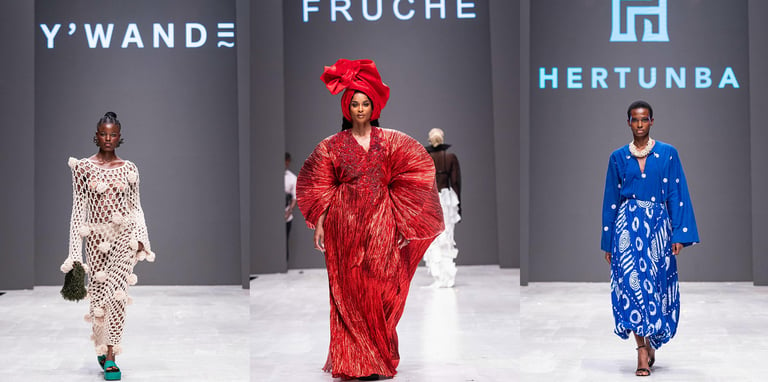

The Trends That Stood Out
This year’s trends felt more grounded. Across the board, there was beautiful tailoring, clean cuts, and structured shoulders from brands like Ajabeng, The Ladymaker, JZO, Jermaine Bleu, Maison Alu'lla and Anko. Designers like Imad Eduso, Fruché, Eki Kere, Dimeji Ilori, Olooh and Hertunba also explored refined cultural references in elevated ways.
Minimalism, on the other hand, is emerging quietly but powerfully. Brands such as Orange Culture, Oríré, NYA, M.O.T, and Pettre Taylor embraced it with restraint; proof that simplicity can be just as expressive and statement-making as maximalism. It’s refreshing to see both ends of that spectrum coexist; it signals a healthy, maturing ecosystem.
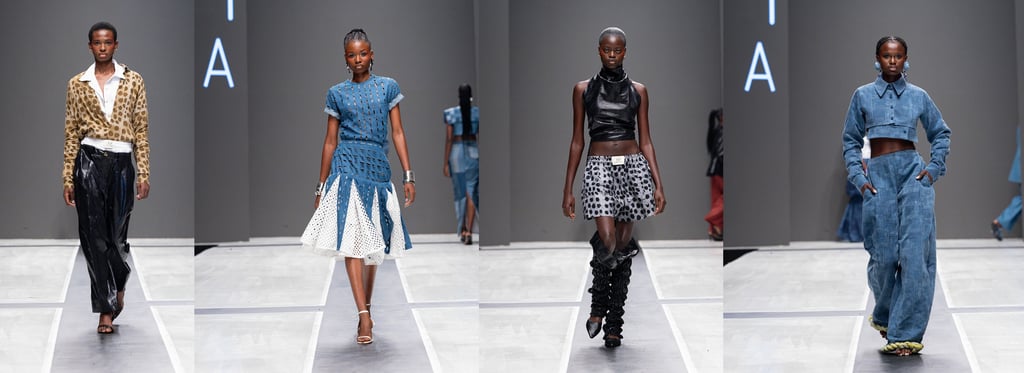

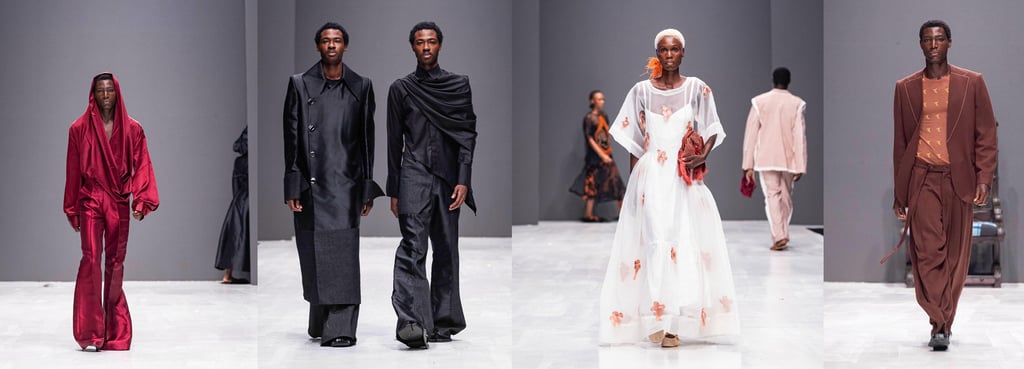

The Consumer Wins in the End
For once, the consumer feels like the biggest winner. There’s real choice now. You can go to a brand for glamour, another for artistry, another for the unique aesthetic and each of them has built a clear identity.
Legacy designers have consistency; newer brands bring experimentation. Together, it creates balance and that’s signals growth of the ecosystem which doesn't say perfection, but evolution which i believe would be the goal for Lagos Fashion week after 15 years.
When fashion evolves, the people who wear it, collect it, and love it benefit the most. Lagos Fashion Week 2025 wasn’t about spectacle. It was about clarity and seeing African fashion define itself through form, process, and intent. The conversation is shifting from proving we can make great clothes to showing how those clothes can hold identity, sustainability, and emotion without losing beauty. And that, in my opinion, is worth celebrating.

